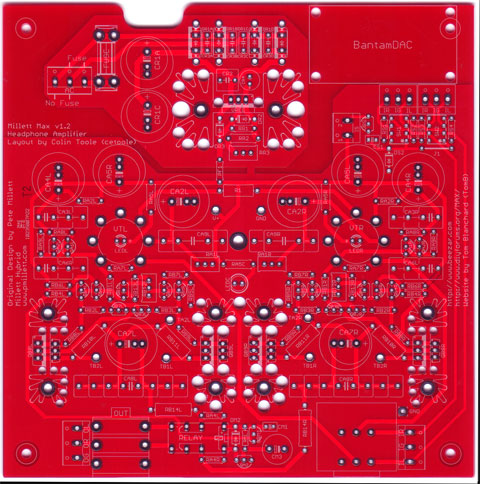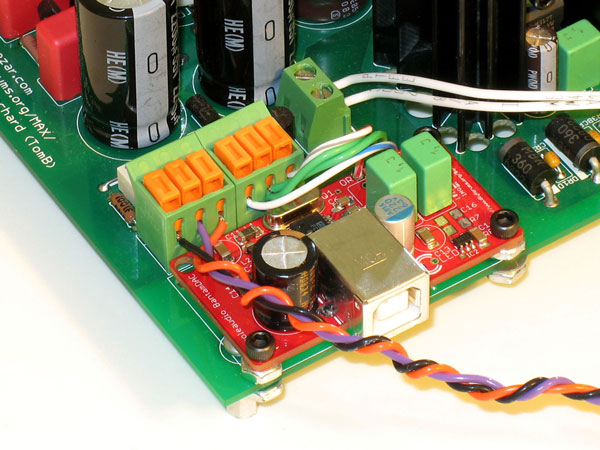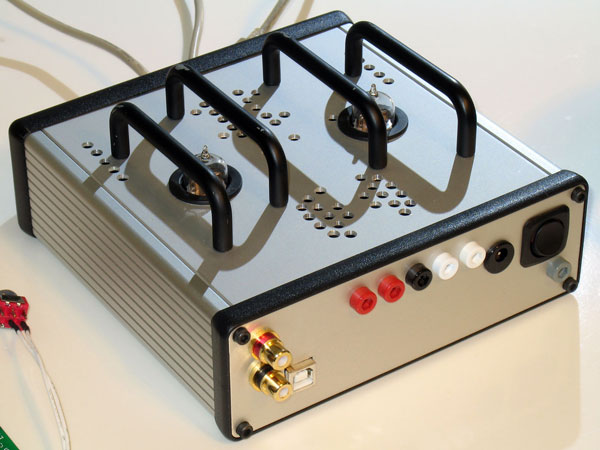longballlumber
New Head-Fier
Hello everyone,
I read thru the last couple of posts regarding grounding issues. Ironically, I just completed assembly of my Kit from Tom and I seem to be having some issues that I could use some input on. When switching on the LED light up. This is while neither cover is screwed in. If I position the board and fasten the front plate (4 screws), it will power up find. If I then position the back plate into loose assembly (no screws), it will power on. As soon as I try and install ONE of the four back plate screws I no longer have power. I do intermittently hear aching when trying to install the back plate screws.
I have assembled the RCA posts in both configurations with white washer and w/o white washer (interior side). The white washers are used on the exterior of the panel. The anodizing has been removed from the back side. I used a dremel tool with a wire brush to remove vs. "scraping" with a knife or file.
Like many others this is my first build and have more of a mechanical background vs. electrical.
Thoughts or ideas would be appreciated!
Mike
I read thru the last couple of posts regarding grounding issues. Ironically, I just completed assembly of my Kit from Tom and I seem to be having some issues that I could use some input on. When switching on the LED light up. This is while neither cover is screwed in. If I position the board and fasten the front plate (4 screws), it will power up find. If I then position the back plate into loose assembly (no screws), it will power on. As soon as I try and install ONE of the four back plate screws I no longer have power. I do intermittently hear aching when trying to install the back plate screws.
I have assembled the RCA posts in both configurations with white washer and w/o white washer (interior side). The white washers are used on the exterior of the panel. The anodizing has been removed from the back side. I used a dremel tool with a wire brush to remove vs. "scraping" with a knife or file.
Like many others this is my first build and have more of a mechanical background vs. electrical.
Thoughts or ideas would be appreciated!
Mike
























 thanks for pointing this and the tip.
thanks for pointing this and the tip.